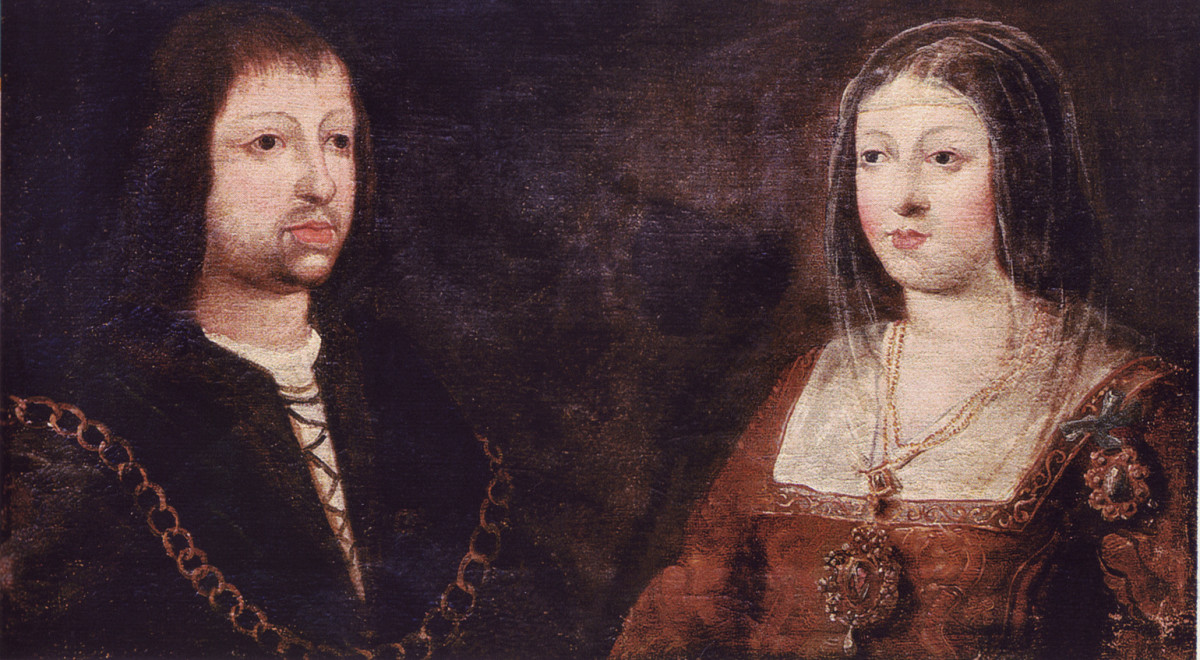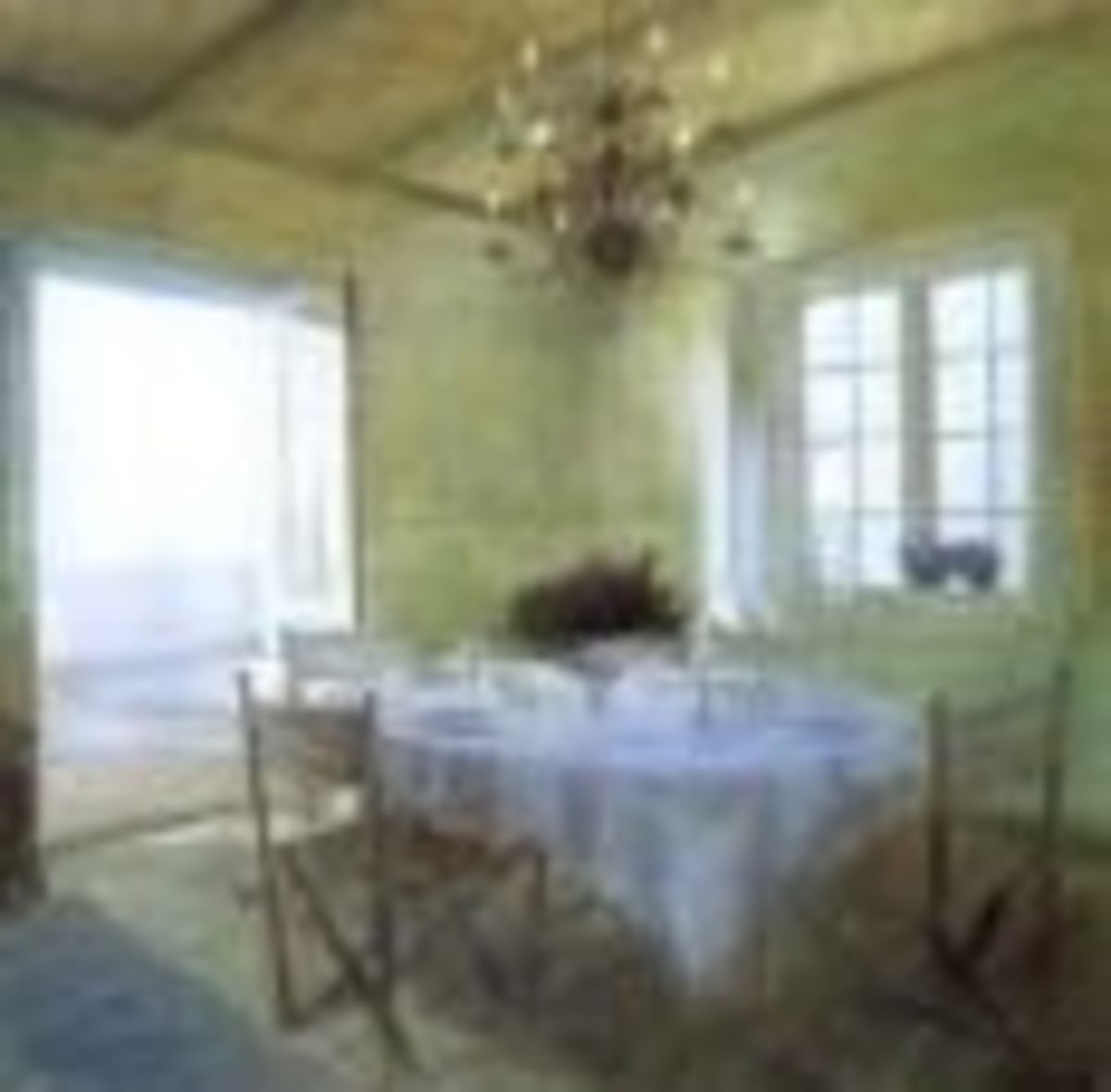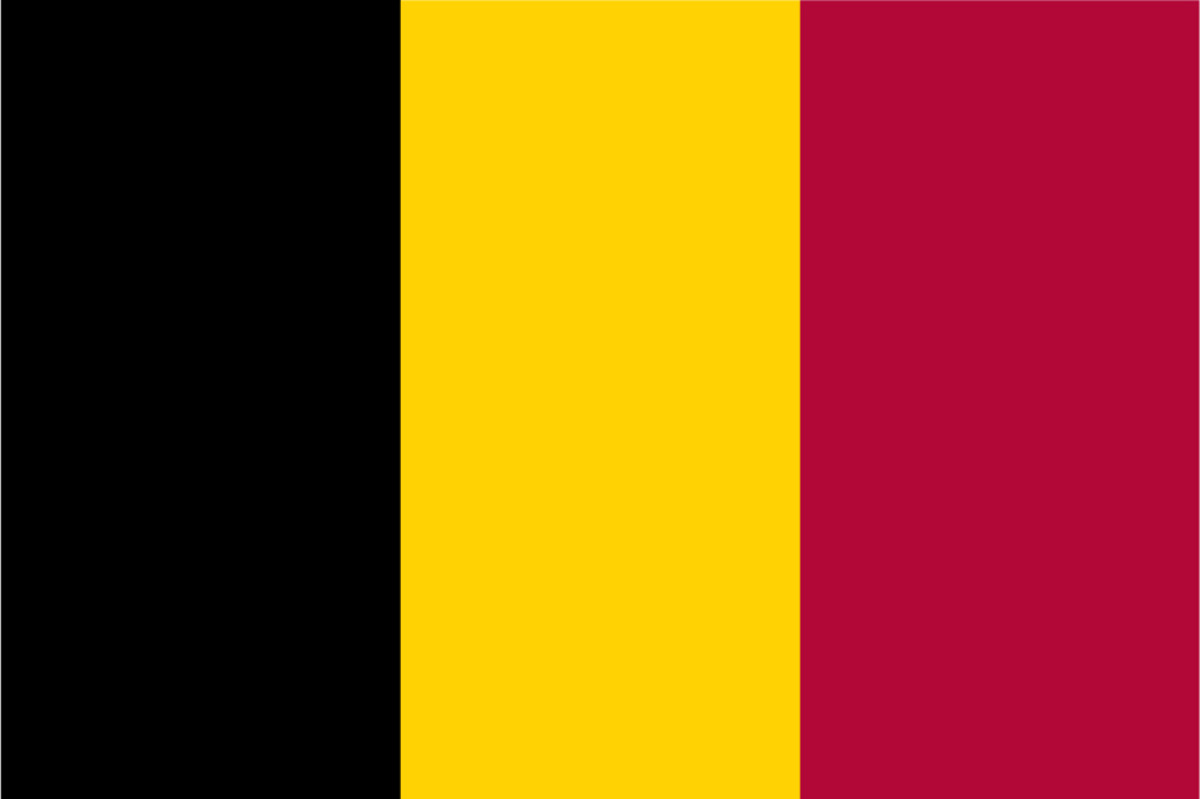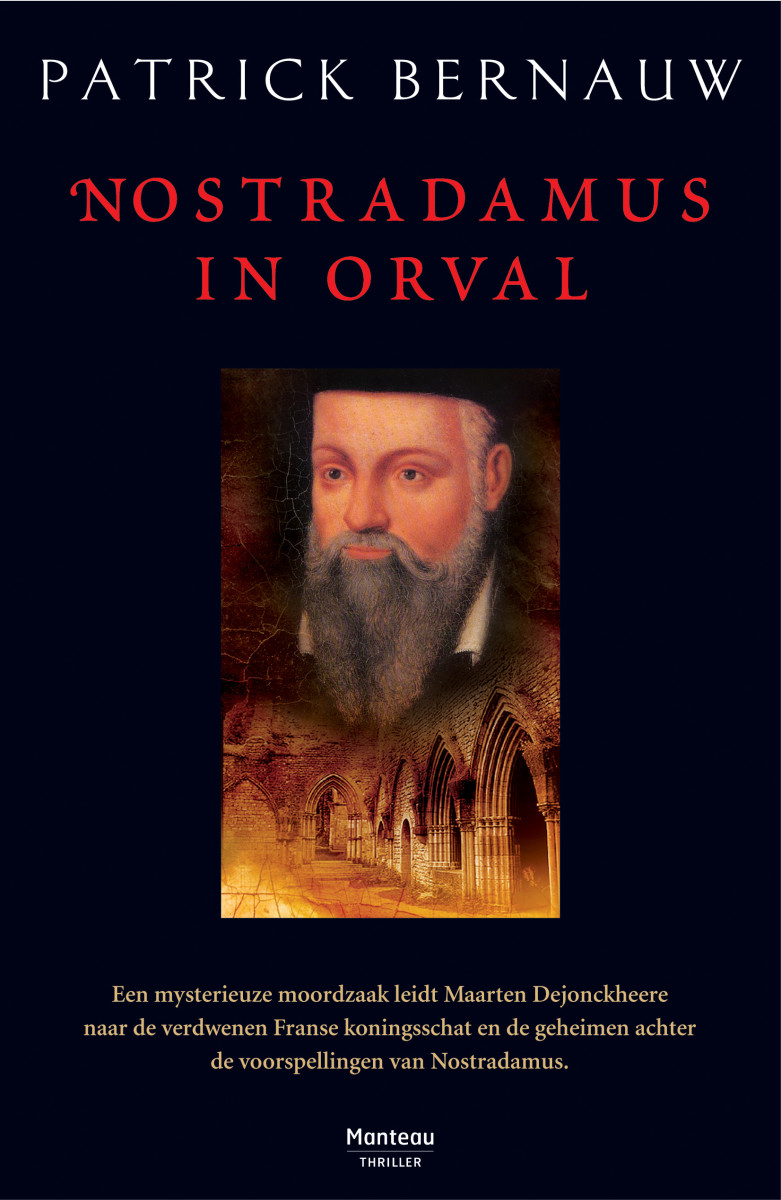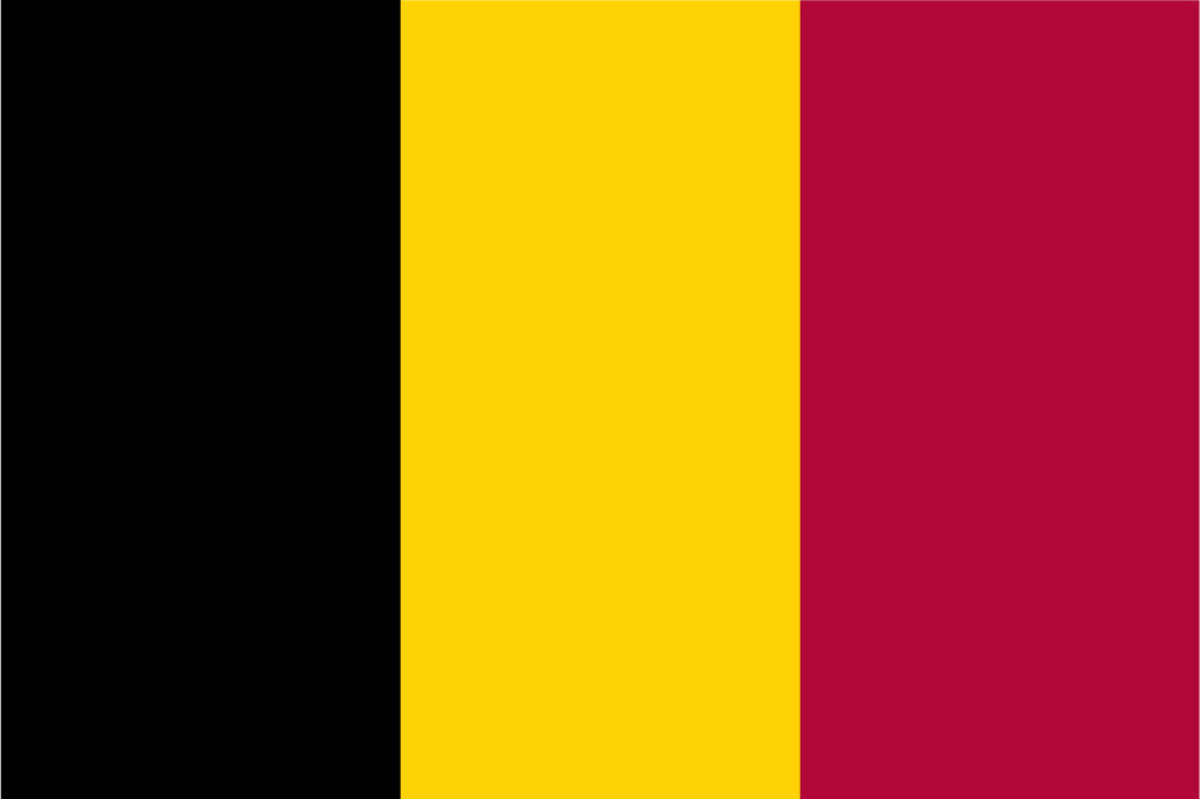Visiting the statue of Counts Egmont and Horn, Brussels, Belgium: 16th century opponents of the Spanish Inquisition
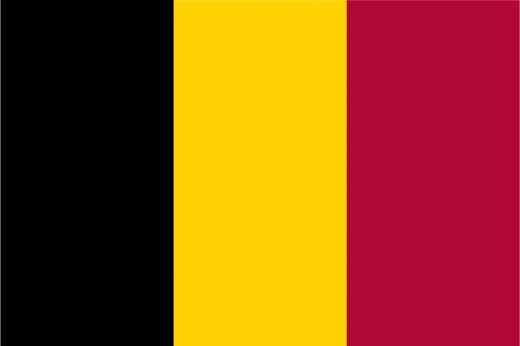


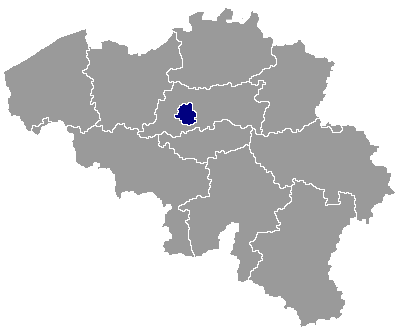
Remembering trailblazers of Belgian liberty
This historic statue in Brussels (French: Bruxelles ; Dutch: Brussel ), Belgium of Counts Egmont and Horn, executed in 1568 by the Duke of Alba on behalf of King Philip II of Spain, has stood near the Petit Sablon church (Dutch: Kleine Zavel ), off rue de la Régence / Regentschapsstraat , since 1879 (1).
The work commemorates Lamoral, Count of Egmont (1522-1568) and Philip de Montmorency, Count of Horn (1524-1568), prominent noblemen who, with William the Silent (or: William of Orange), protested against the introduction of the Inquisition in Belgium. While William was Lutheran, eventually leading the Dutch Revolt whereby the northern Provinces attained their practical, if not de jure , independence from Spain, Counts Egmont and Horn remained Roman Catholic, their protest being on account of opposition to cruel and violent religious persecution (2). However, the Duke of Alba, the King of Spain's representative, executed them by decapitation in the Grand' Place (3) in 1568, despite many pleas for clemency (4).
Counts Egmont and Horn have traditionally been seen as Belgian national heroes; while Belgian independence did not arrive until 1830, yet Belgium's Constitution and historiographical tradition draw heavily on traditions of liberty of conscience and its pursuit, championed by figures such as Counts Egmont and Horn.
Both Goethe and Beethoven wrote works in honour of Count Egmont, such was the historical importance of the events which led to the waning of Spanish power in Europe.
The statue of Counts Egmont and Horn was the work of Belgian sculptor Charles-Auguste Fraikin (1817-1893), who was known for work in neo-Classical style. The work depicts the personages whom they represent in period-specific costume; the statue complex includes memorial fountain. Inscriptions in French and Dutch recall the subjects' opposition to the iniquities of the Duke of Alba. Sculptor Fraikin's work was completed in 1864. Other works for which he is known include the memorial mausoleum to Queen Consort Marie-Louise of the Belgians, at Ostend's Sint-Petrus-en-Pauluskerk .
Notes
(1) The nearby Egmont Palace (French: Palais d'Egmont ; Dutch: Egmontpaleis ) is used by the Belgian Foreign Affairs ministry.
(2) They also raised issues of excessive taxation.
(3) Originally, this memorial to Counts Egmont and Horn was displayed in the Grand' Place, scene of their execution.
(4) Count Egmont left a widow and 11 children; much of his estate was confiscated by the already immensely wealthy Prince-Bishop of Liège.
Also worth seeing
In Brussels itself, among the many, noted visitor attractions are included: the Grand' Place, the Cathedral of St. Michael, the Royal Palace and BELvue Museum, the Palace of Justice, the National Parliament, the Koekelberg Basilica, the Hal Gate, the Brussels Stock Exchange, the Erasmus House Museum in Anderlecht, and many others.
...
How to get there: Brussels Airlines flies from New York to Brussels Airport (Brussel Nationaal / Bruxelles-National ), from where car rental is available. However, the Metro is a very convenient way of getting around Brussels. Some facilities may be withdrawn, without notice. Please check with the airline or your travel agent for up to date information.
MJFenn is an independent travel writer based in Ontario, Canada.
Other of my hubpages may also be of interest
- Visiting the Palace of Justice at Brussels, Belgium: gigantic building, huge issues
- Visiting the Stock Exchange Building, Brussels, Belgium: Neo-Renaissance and Second Empire opulence
- Visiting Anderlecht, Belgium: historical gem in bustling Brussels
- Visiting the Royal St. Hubert Galleries, Brussels, Belgium: a quality shopping arcade dating from 18
- Visiting Brussels, Belgium: remembering the first Belgian flags, dating from 1830



